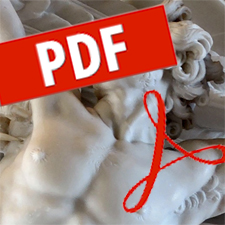Description
By Stuart Macdonald
Australia seeks to emerge from the depths of recession and to break free from the syndrome of giving ever-increasing protection to a decaying manufacturing sector, by encouraging high technology industry. Silicon Valley, the home of much of the world’s semiconductor industry, is often seen as the appropriate model for the development of such industry. For those used to dealing with the siting and encouragement of conventional industry, it can seem that high technology industry, with no heavy raw material input or bulky product output and requiring no large labour pool or local market, in fact has no special requirements at all. Others look to the Silicon Valley model and plan science or technology parks to reproduce the factors they believe responsible for that phenomenon. For example, great emphasis is generally placed on proximity to universities, apparently in ignorance of the very minor role universities played in the growth of the semiconductor industry, and of the great practical divide between science and technology. Vital factors, such as the ready information flow achieved by high mobility of those in high technology industry, are ignored. The Australian situation is complicated further by competition among the States to attract high technology industry, a competition that tends to emasculate national policy. Yet this situation is really just a local representation of what is happening internationally among countries and among regions within those countries. This desperation to leap blindly into high technology, whatever it is and whatever the cost, by following a model that is scarcely understood, is unlikely to produce the huge rewards so many policy makers anticipate are so readily available.
page: 330 – 349
Prometheus: Critical Studies in Innovation
Volume 1, Issue 2
SKU: 0810-90288628934
